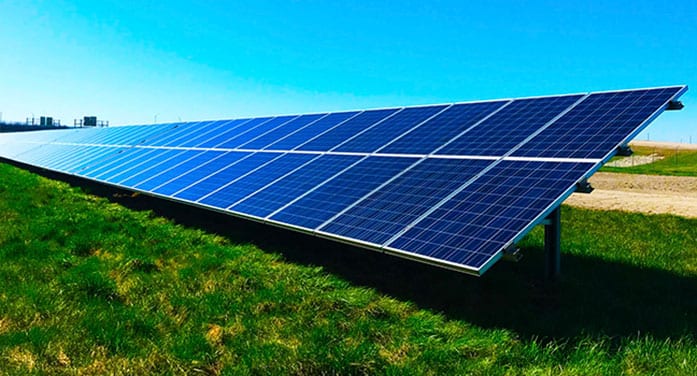 Baruch Spinoza, a 17th-century philosopher, said the future and anything we can say about it is imaginary. He was right.
Baruch Spinoza, a 17th-century philosopher, said the future and anything we can say about it is imaginary. He was right.
Despite our best efforts to foresee what the future will bring, we really don’t know what is forthcoming until the future becomes the present.
The challenge of climate change has focused our attention on what this unknowable future will look like and what we can or should do about any potentially serious impacts. The focus has been on reducing harmful emissions from carbon-based energy production, transportation and other processes.
Some people still feel the whole issue is overblown and we need do nothing. More pessimistically, some support doing nothing because there’s nothing we can do that will make a difference.
At the other end of the spectrum, optimists note that sunshine and wind are free and almost limitless and will provide all the clean, affordable energy the world can use.
The largest and most vocal groups predict much climate-generated harm or even catastrophe unless we get down to net-zero carbon emissions immediately. They want us to eliminate the source of the emissions or at least remove from the atmosphere as much pollution as we put into it.
A head-in-the-sand approach isn’t wise, but neither is the expectation that wind and solar power will magically eliminate the threats to our environment. The good news is that more and more solar and wind power installations are being put into place. Over the last 10 years, the costs of wind- and solar-generated electricity have fallen dramatically – in some cases by more than 80 per cent. In many places, solar and wind power are now the least costly ways to increase the local power supply.
Some major blockages still exist on the road to a clean green world. The cost of getting to net-zero globally is very high. Bjorn Lomborg, at the Hoover Institution at Stanford University, estimates that it will cost the globe more than a four per cent drop in total world economic output. And he estimates that allowing climate change to continue unabated would lead to a fall of less than three per cent.
No one really knows what the future impacts of the various alternatives will be. But we do know that the costs of moving to solar and wind from our current energy configuration are high for several reasons.
Capturing wind and sunlight and converting them into usable power requires large quantities of materials to build wind turbines, solar farms and batteries. Turbines, for example, can be as high as skyscrapers with the rotors as wide as a 30-storey building is tall. A sea-based wind turbine weighs over 900 tonnes and requires specialized vessels to install it.
Not only is the quantity of material needed for green conversion enormous, so is the variety and scarcity of what’s required. Some materials like copper are well known and generally available, especially once the increased demand pushes up prices. Others like lithium and more specialized mineral products (often called rare earths) are less well-known and not so readily at hand.
Supplies of what’s needed can and will be produced, but capital costs will be incurred. The construction and operation of the mines from which these essential inputs will be extracted may face opposition from the same groups that are most anxious to see us reach net zero.
Land is another factor – we need space to build the solar panels and other green technology. And they can impact views of landscapes and seascapes. This has generated some political opposition to proposed developments. And it means greater capital needs to create these large, demanding projects.
Once all material and political roadblocks are removed, there’s still a major obstacle on our way to net-zero: human capital. Qualified, able, knowledgeable, cutting-edge people are needed to make going green happen. These include able, mobile construction workers, technicians and technologists, engineers, community leaders and politicians at all levels.
This is all daunting enough for advanced economies. The challenges are multiplied for poorer nations because a poor country will rightly give more immediate priority to feeding and providing for its citizens over dealing with the environment. Help from richer nations will be required.
We can’t see the future but I believe humankind will rise to the environmental challenge as we have other challenges. Technology will improve. The costs of going green will continue to fall. Needed materials will be produced or substitutes found.
And the wet ware between our ears will lead us to a better future.
Troy Media columnist Roslyn Kunin is a consulting economist and speaker. For interview requests, click here.
The views, opinions and positions expressed by columnists and contributors are the authors’ alone. They do not inherently or expressly reflect the views, opinions and/or positions of our publication.
© Troy Media
Troy Media is an editorial content provider to media outlets and its own hosted community news outlets across Canada.



